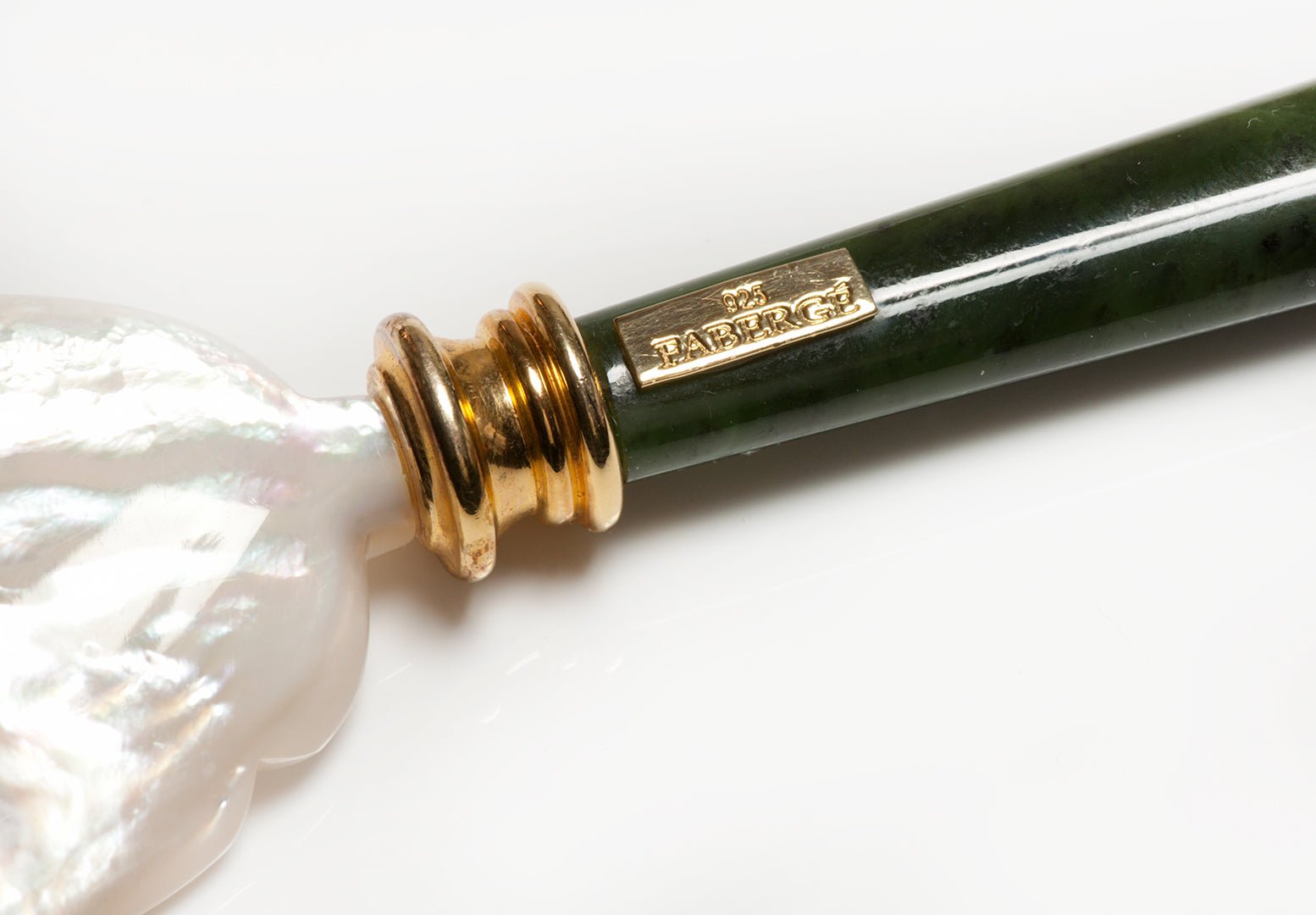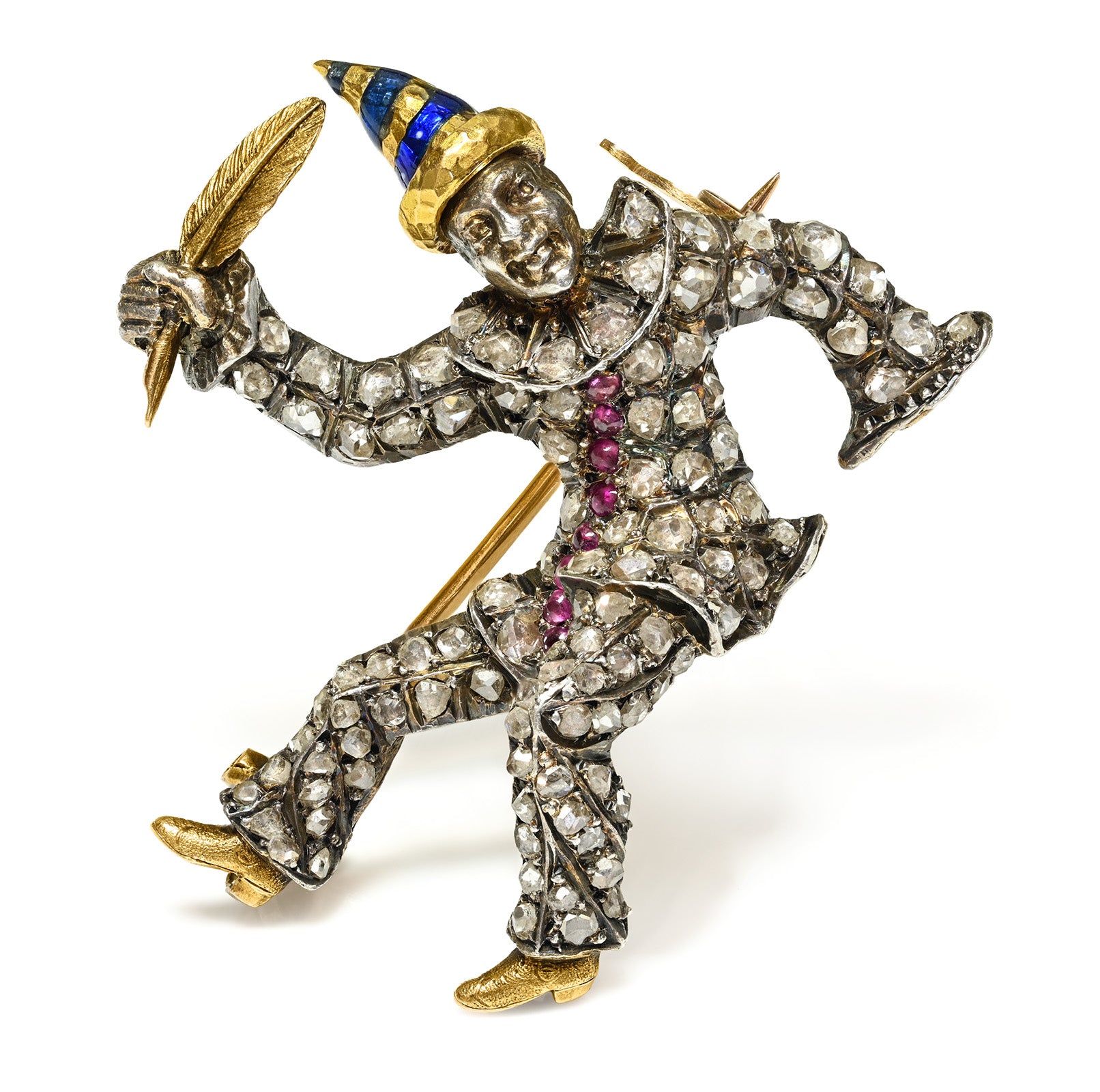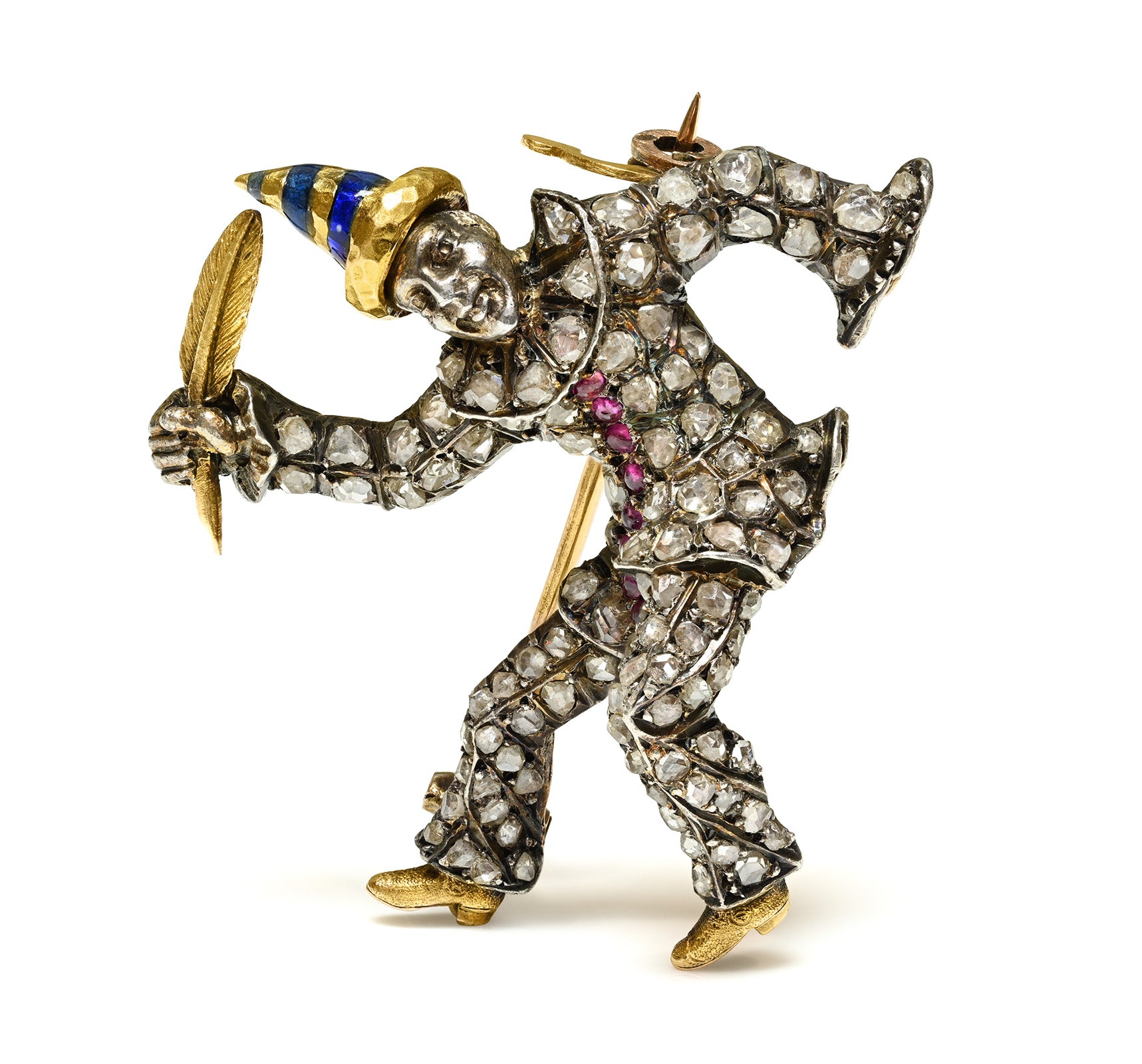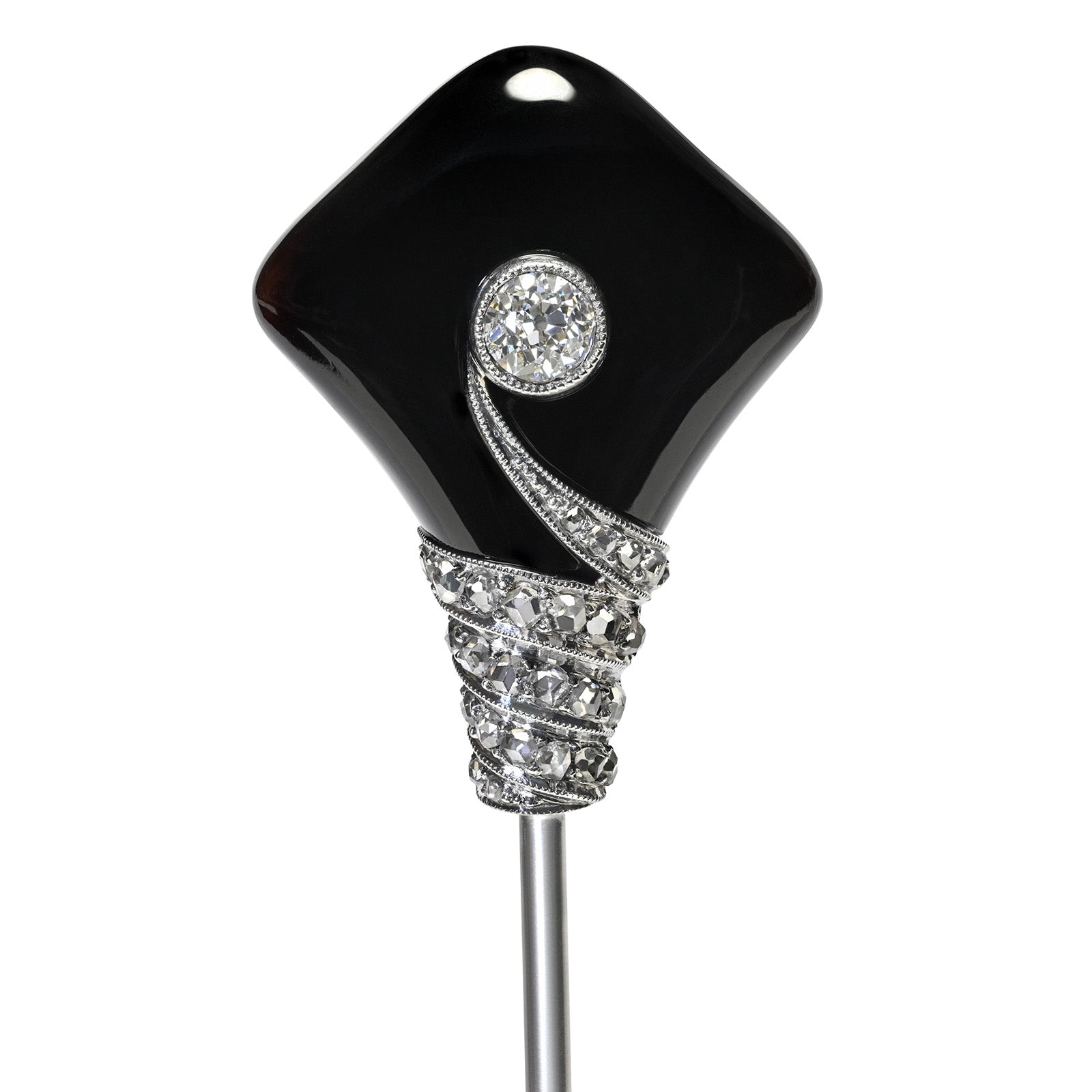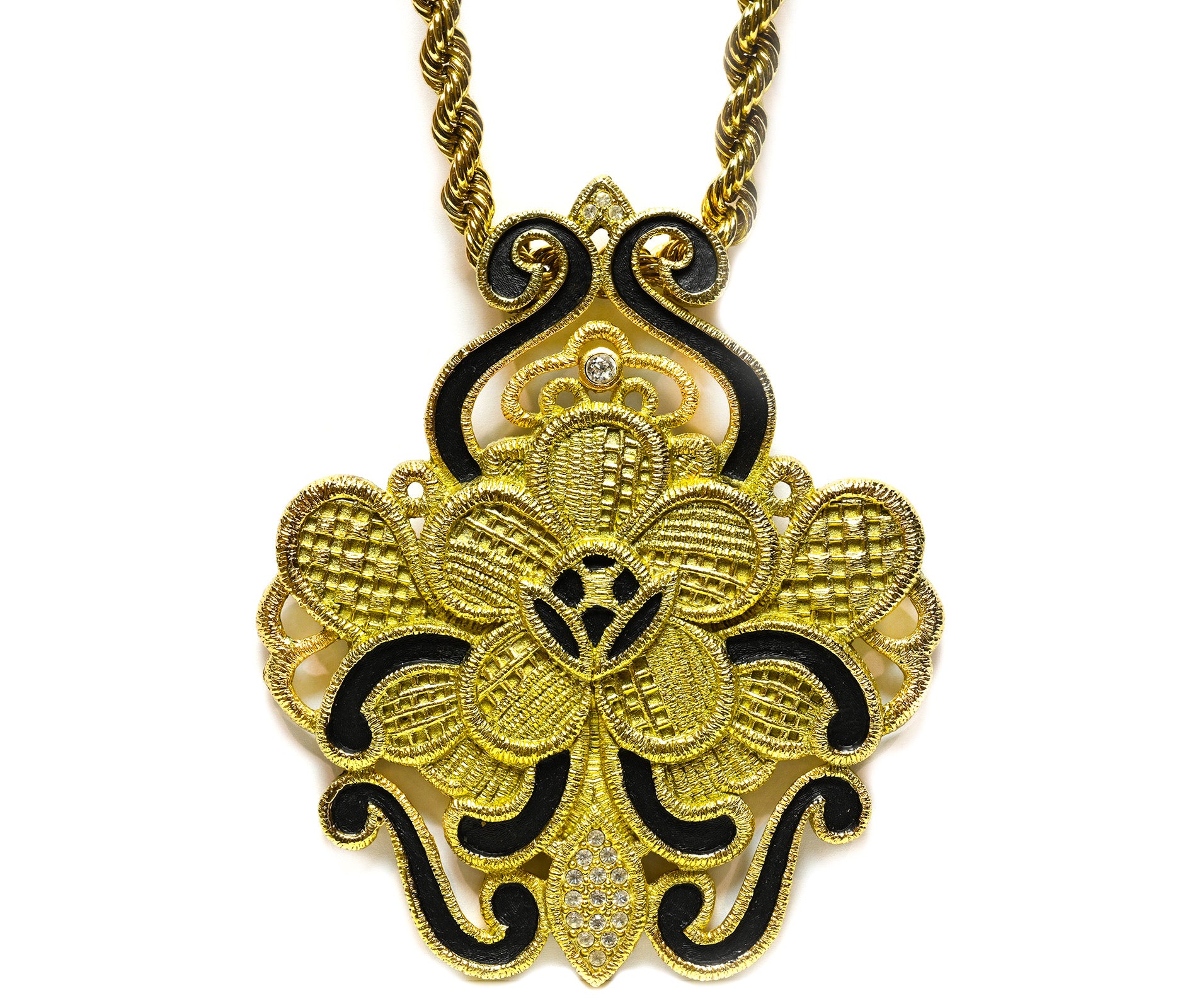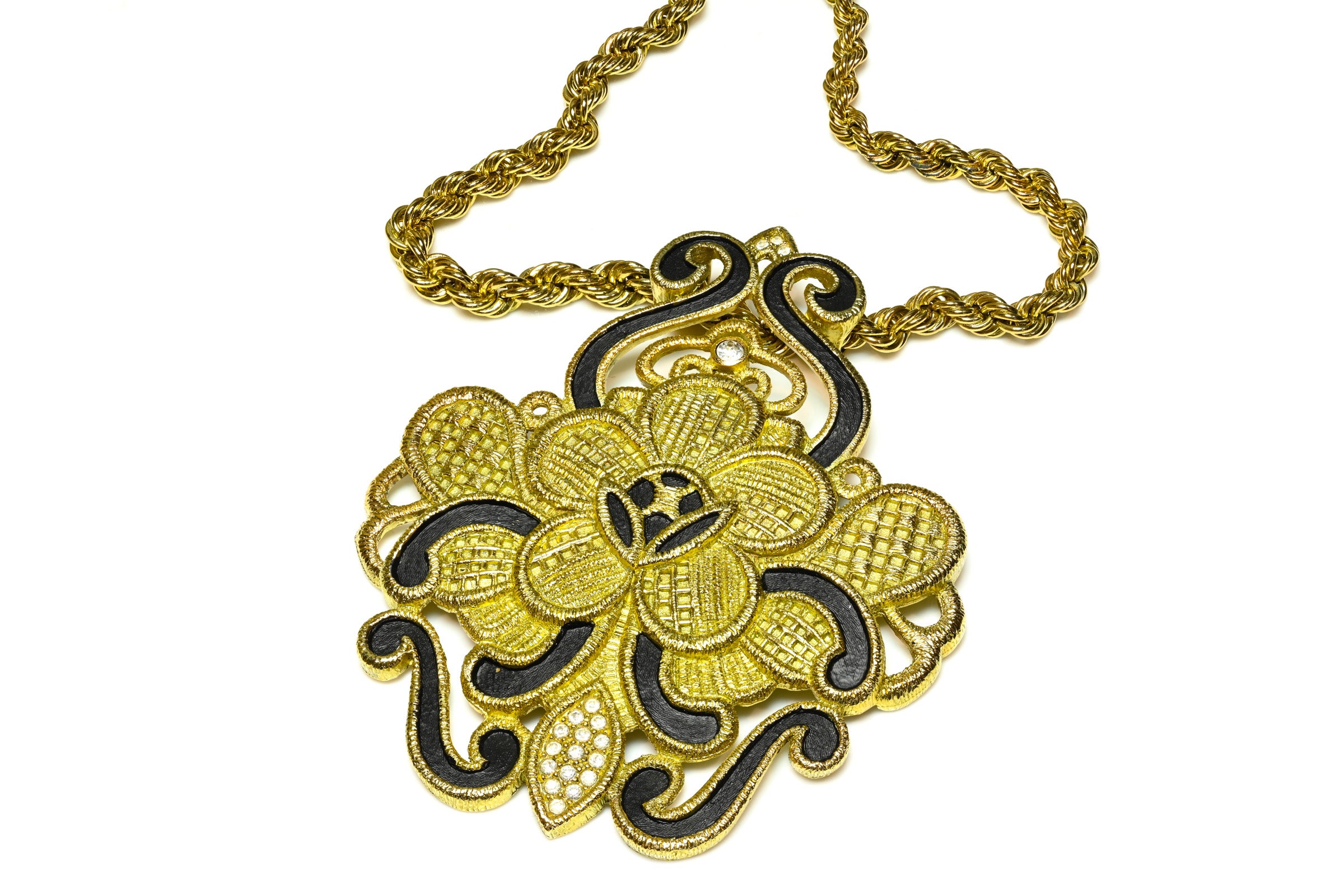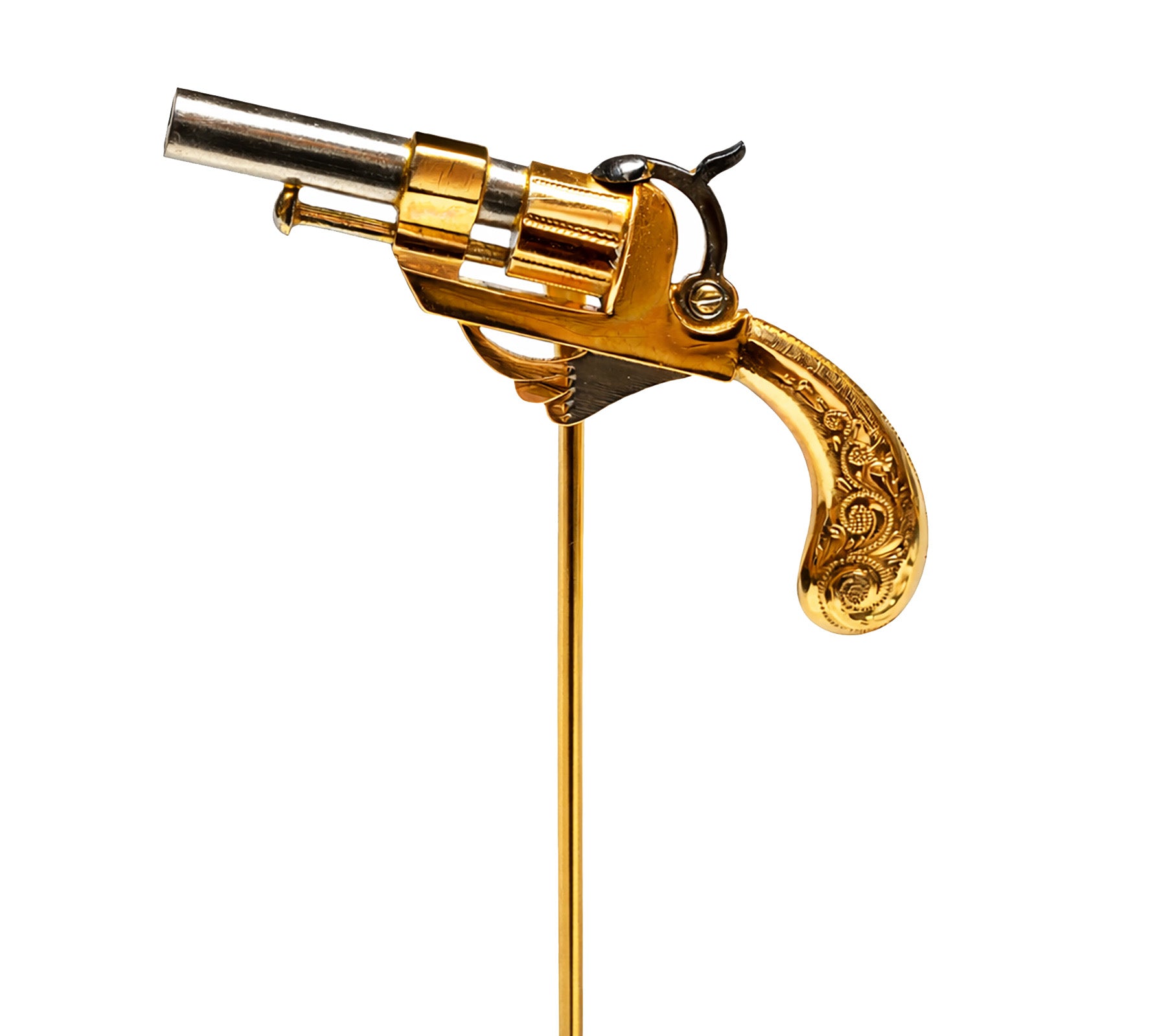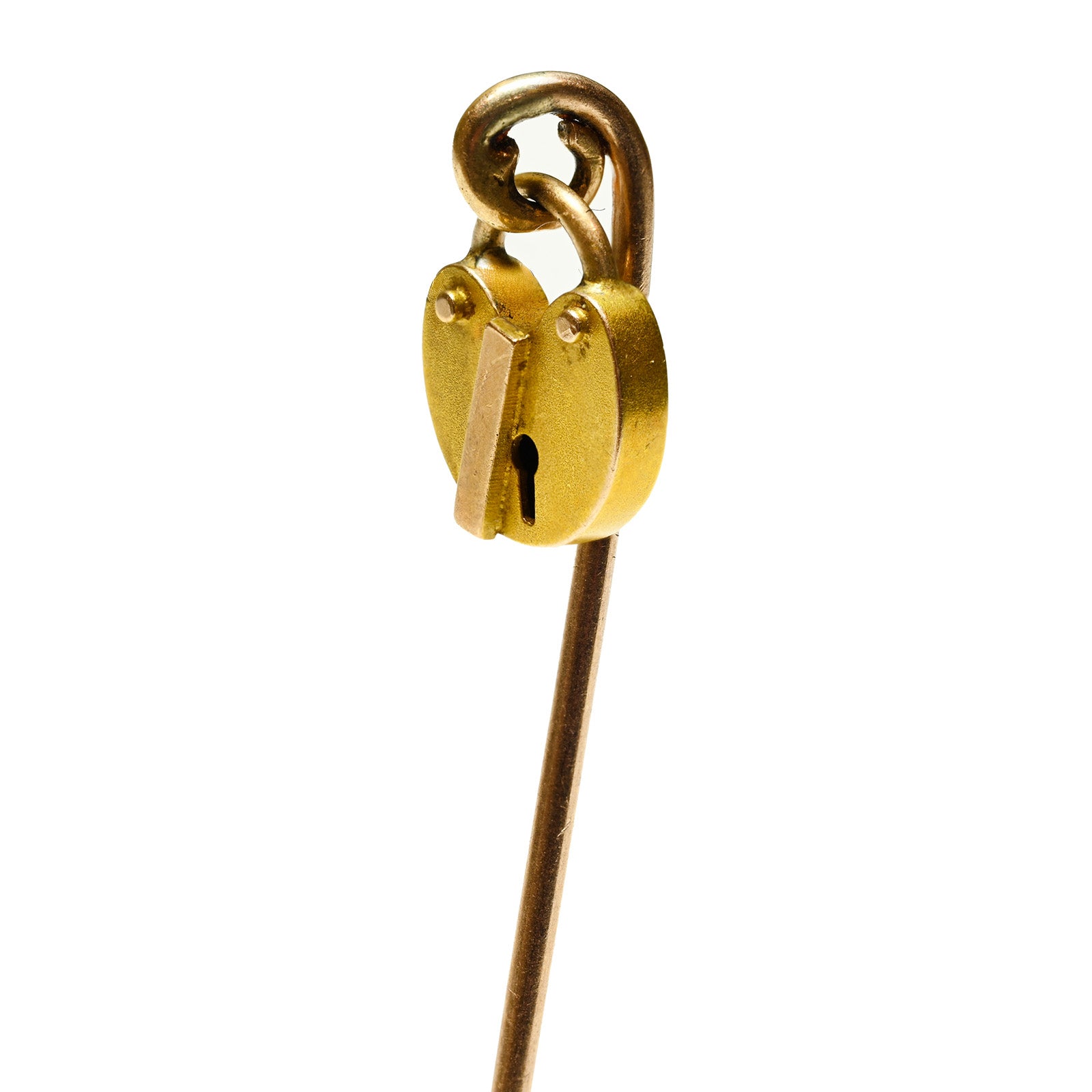Ancient Mysterious Treasures: The Golden Pectoral from Tovsta Mohyla
The fascinating Scythian gold pectoral is an ancient artifact discovered in a burial kurgan at a site called Tovsta Mohyla.
It is considered one of the greatest archaeological finds of the 20th century. It was unearthed in 1971 by Boris Mozolevski, a Ukrainian archaeologist, and collectors say the piece of jewelry is worth millions of dollars.
Experts still can’t reveal all the mysteries of the priceless jewel.
The History Behind the Golden Pectoral
The Tovsta Mohyla burial mound is currently located in southern Ukraine, near the town of Pokrov in the Dnipro region.
According to historians, the ancient Scythians were semi-nomadic Iranian people who lived around the northern part of the Black Sea, with a territory that stretched as far as the Ural and Altai Mountains.
Their culture is believed to have lasted nearly 1000 years. During this time they regularly traded with many Mediterranean and Asian cultures, including the ancient Greeks, the ancient Persians, and the ancient Chinese.
The pectoral or golden breastplate is believed to have been commissioned by a Scythian chieftain, made either by native Scythian craftsmen or by ancient Greek metallurgists probably located in the Panticapaeum, which is currently Crimea, a peninsula along the northern coast of the Black Sea in Eastern Europe.
The Characteristics of the Golden Pectoral
In any case, the style is certainly Greek, although the image reflects Scythian interests. The pectoral from Tovsta Mohyla is made of solid 24-carat gold, with a diameter of 30.6 cm, and weighs just over 1150 grams.
It has the shape of a crescent and can be divided stylistically into three sections.
The upper section reflects the daily life of the Scythians, while the middle section is considered to represent their connection with nature. Being that there are so many delicate details in this section, the craftsmen chose to solder all the individual elements on a solid gold plate that serves as a base for the structural support.
The third section is believed to represent the Scythian belief in the cosmos and their mythology.
It is believed that the golden pectoral from Tovsta Mohyla was created by soldering together dozens of figures and individually cast figures and elements.

